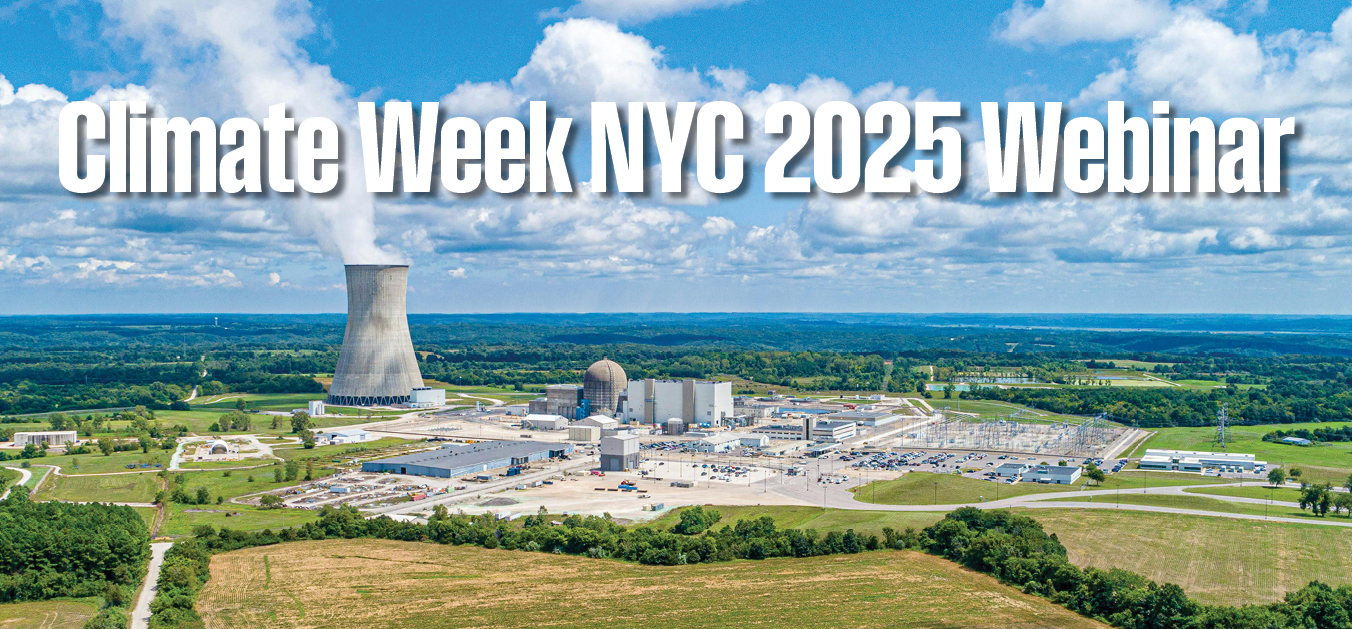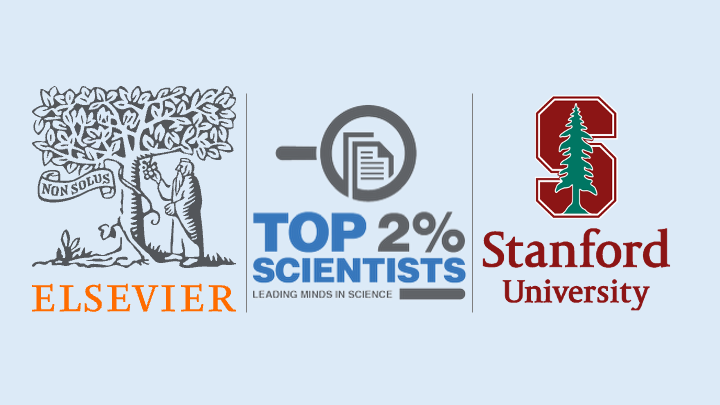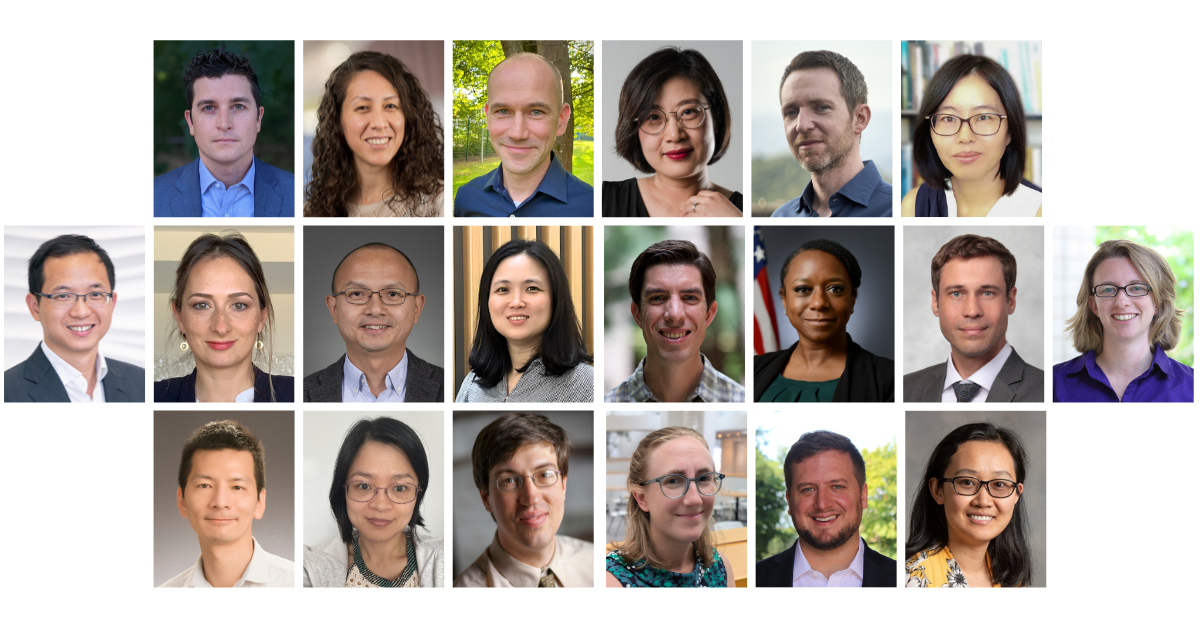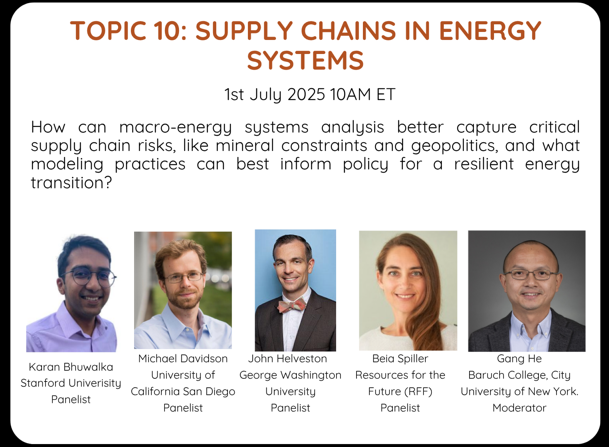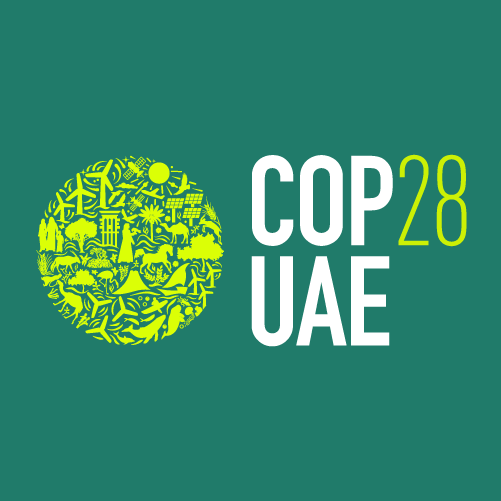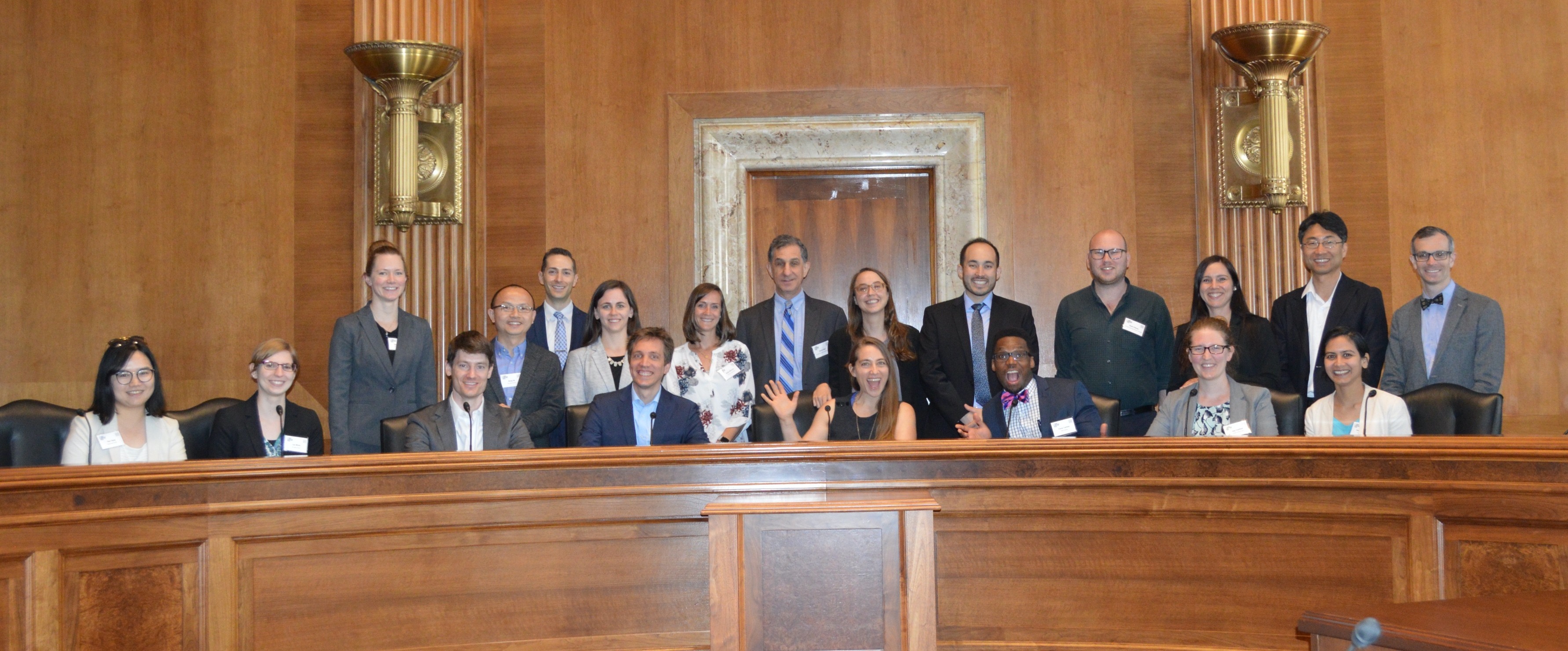What’s New & Updated
Posts about papers, events, news, and more
Included in World’s Top 2% Scientists List 2024
news
recognition
video
SWITCH-China: Open Source Model for the World’s Largest Power System
news
event
slides
video
presentation
Best poster award in IAMC 2022
news
poster
video
recognition
No matching items


